The terms “internet” and “confusion” often go hand in hand these days. The world wide web can be a great source of information, but, unfortunately, a lot of that information is either misleading or simply not true. Even so, there is plenty of good information, and plastic surgery patients with the Internet in hand are considerably more educated about the various face, breast and body procedures today than ever before. Sites such as RealSelf, where real surgeons answer patient questions, are a go-to resource for so many people these days. Still, some of the questions that patients ask have even veteran surgeons confused.
Branded procedures, in which a surgeon gives a known procedure a different name, have further muddied the waters. Dr. William P. Adams Jr. of Dallas discusses with his colleagues, Dr. Jason Pozner of Boca Raton, Dr. Dustin Reid of Austin, and Dr. Chet Mays of Louisville, the best ways to simplify this confusion.
“No Line Vertical Lift” — What?!?
This topic for No Spin Live came out of a recent experience that Dr. Pozner had on RealSelf. He got a question in his feed from a woman who was interested in a breast lift. She wanted to know which lift would be better for her: a lollipop lift or a “no line vertical lift”? “What the hell is a no line vertical lift?” asks Dr. Pozner. He called some of his esteemed breast surgery colleagues, including Dr. Adams, but none of them had ever heard of this supposed technique. Inaccurate information on the internet is not just confusing for patients – it often stumps plastic surgeons as well.

Branded Procedures
Part of the problem are these “branded procedures” that plastic surgeons post about on their websites. “It is confusing the hell out of patients,” says Dr. Pozner. A branded procedure is “where one doctor makes up a name” for something so that he or she is the only one doing it, explains Dr. Reid. A branded procedure could just be a normal procedure, made “better” or more “exclusive” by a singular surgeon.
The branded name “no line vertical lift” implies that the doctor has discovered some kind of new technique when, bottom line, a vertical lift has a vertical incision, period. A “no line vertical lift” doesn’t exist unless it is simply another name for a breast lift that places the incision around the areolar; this type of breast lift has never required a vertical incision. It’s misleading marketing, pure and simple.
A Governing Body or Oversight Needed
The NSL surgeons agree that some degree of oversight from a governing body to review some of the confusing language in these branded procedures would be helpful for patients and surgeons alike. In the meantime, however, if you are considering asking a question on RealSelf, post some photos. Dr. Pozner’s question submitter did not. If she had, he could have looked at the photos of her breasts (after advising her to schedule an in-person consultation with a board certified plastic surgeon in her area) and told her that based on the look of her unique anatomy, she’d probably do best with X procedure. Instead, there were no photos and she was asking him to talk about a lift that he doesn’t think exists.
Why In-Person Consultation Important
“It’s like an epidemic of bad information now,” explains Dr. Adams. What can a patient do to make sure that he or she is getting credible information? RealSelf is a good option, but as discussed, even it has problems. The best thing for a patient is to schedule an in-person consultation with one or more board certified plastic surgeon in the area. When Dr. Reid sees a patient, he not only explains the differences between the various breast lift incisions, but that there are only three approaches to a breast lift and anything else is just the same procedure by a different name. The internet is a great way to gather some initial intel, but the consultation is where the patient becomes truly educated as to which procedure is the right one for his or her individual anatomy, and why.


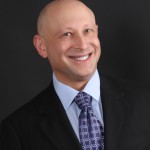

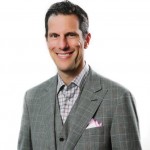
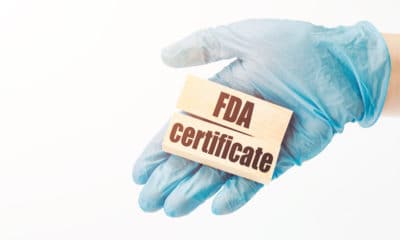
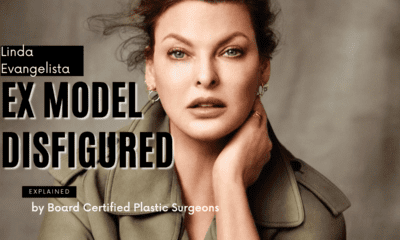

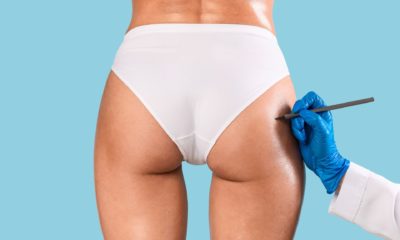

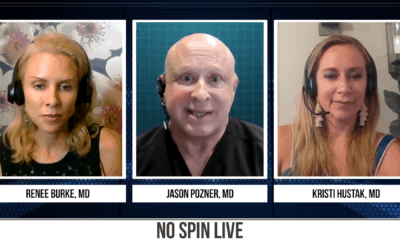
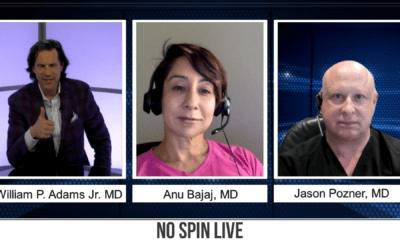






Facebook
Twitter
Instagram
YouTube
RSS